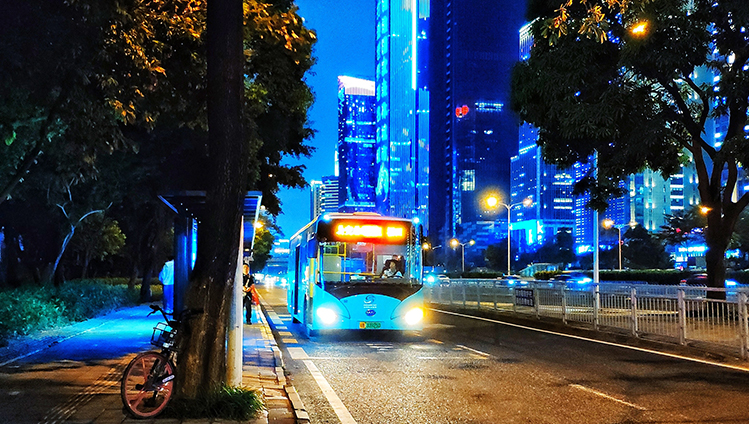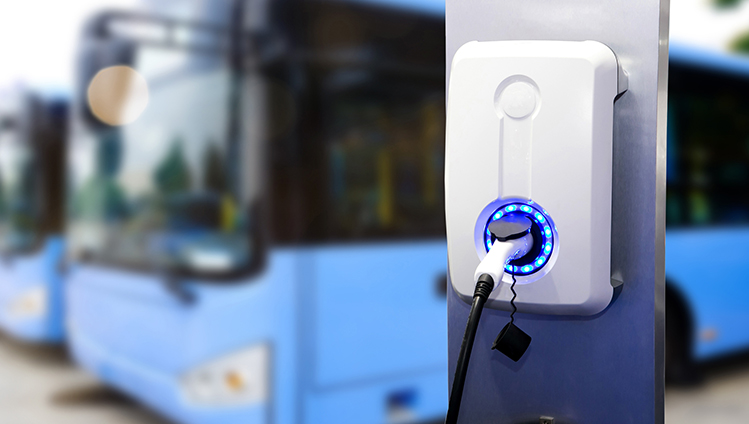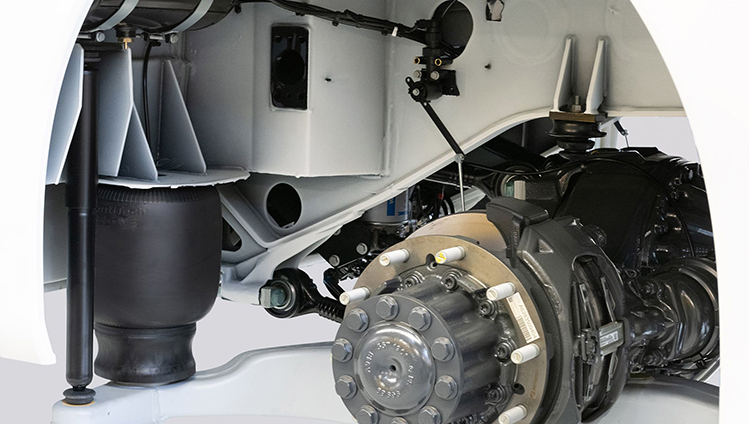
Anyone who has ever been on the road at rush hour, amid all the traffic noise and exhaust fumes, may have asked themselves: When will it finally start, the transformation to more sustainable urban mobility? With more than half a million electric buses currently on the world's roads, it has probably long since begun.
Chinese metropolises lead the way
The southern Chinese city of Shenzhen is a prime example. Around twelve million people live here – more than in London or New York City – and the surrounding Pearl River Delta has a total population of around 45 million. It is hardly surprising that traffic is a challenge here. That’s why the city decided a few years ago to completely rethink the local transportation concept. The result: within just eight years, it electrified its entire fleet of more than 16,000 local public transport buses. This reduced CO2 emissions by more than 1.3 million tons per year, improved noise levels in the city, and increased overall safety and comfort for bus passengers.
Resilient and flexible
When it comes to comfort and safety in buses, one component in particular plays an important role: the air spring. The successor to the traditional steel leaf spring has been damping axles, cabs and even driver seats for decades. And for good reason: In addition to resisting high temperature or humidity, air springs can adapt to the respective load while keeping their natural frequency constant. This means that comfort and safety remain the same, regardless of whether a bus is at full capacity during rush hour or carrying only a few passengers late at night.
Special challenge due to e-mobility

What sounds so simple in practice requires a great deal of technical know-how to implement. There are additional challenges, especially in the area of e-mobility.
Firstly, the weight: with batteries weighing up to 450 kilograms, an electric bus weighs a good three tons more than its diesel-powered predecessor, depending on its size, range and other parameters – an additional burden on our air springs. On the other hand, the batteries in buses are mounted on the roof and not under the passenger cabin as in electric cars. This also has advantages: The fewer components under the passenger cabin, the lower the floor and the higher the accessibility without gaps or steps. In addition, manufacturers have more flexibility in interior design, for example by installing larger windows. Finally, the position at the top facilitates temperature management by making it easier to dissipate the heat generated by the batteries – an important factor, since electric batteries operate most efficiently between 20° and 40° Celsius.
Challenge yes, obstacle no

The disadvantage, however, is the effect on the stability and statics of the bus and thus on safety as well as passenger comfort. The additional weight on the roof raises the overall balance point, which increases the forces acting on the bus during rolling and pitching motions – simple physics. To ensure that the bus still remains stable in curves or when braking, axle air springs have to absorb these greater forces. And that's why commercial vehicles in e-mobility need air springs with a larger diameter that can withstand these forces with the greatest possible rigidity. This is where our many years of materials expertise come into play: Our experts work on the optimum design and special high-performance materials with the perfect properties for air springs.
Rubber and air – the suspension dream team
In addition to the size and proper stiffness already mentioned, the rubber bellow’s membrane must also be flexible and wear-resistant. For this reason, the membrane usually consists of a special compound based on natural or synthetic caoutchouc and a two-layer synthetic canvas. And because energy efficiency and CO2 emissions are important aspects of e-mobility, we have also developed a lightweight air spring with an integrated innovative rolling piston made of glass fiber-reinforced polyamide – instead of steel or aluminum. This enables us to achieve a weight saving of up to three kilograms per air spring module.
The transformation toward more sustainable urban mobility has therefore long since begun, and the quest for improvement is steadily increasing, as is the – literally – supporting role of rubber and air.